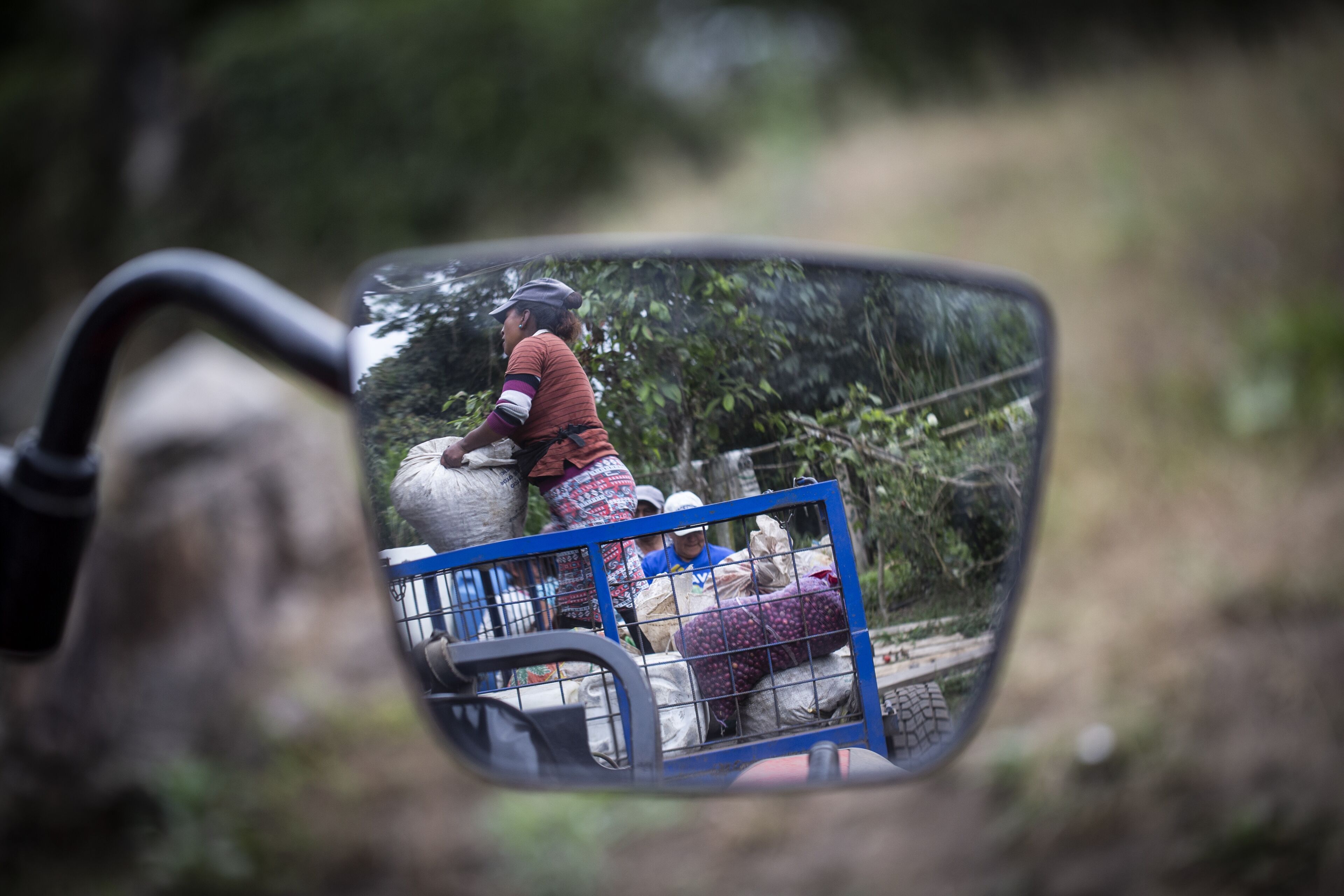
Ecuador
Blog on the spot
Identity record
Capital city
Quito Area
60,000ha Average farm area
1.2ha Geography
Arabica is grown from 1.200 masl to up to 2.500 masl; 100 masl to 400 masl in Galapagos Islands. Robusta is grown in low lands in Amazonia and Pacific Coast Historical regions Manabí, Loja, Zaruma New coffee belt Noroccidente de Pichincha (Chocó andino) and Loja (Southern dry lands) Harvest period
May - July Secondary harvest
June - September Number of producers
50000 Number of people living in industry
200000 Bag production per year
300000
The sector from the country
The sector
Ecuador produces both Arabica and Robusta. Coffee used to be part of the top ten exported products but disapeared from statistics during the last two decades while cocoa production was getting every year higher.
The coffee region is mountainous and 90% of producers own small lands (1.2 hectares on average). During the last decade a specialty coffee production arose boosted by high prices and a new type of farmer appeared taking advantage of an unique availability of fancy varieties (Typica Mejorado, Sidra, Nestlé) and special growing conditions.
Geography
Main actors
60% of all coffee exports comes from El Café a soluble producer. 5 firms export more than 90%. The first green coffe exporter (Fapecafe) is ranked 6th with 2% of all coffee export incomes. Due to the high prices, some producers export themselves by air (direct trade).
Coffees of
Spot price
€/kg
Spot price
€/kg
Spot price
€/kg
Spot price
€/kg
Spot price
€/kg
Spot price
€/kg
Spot price
€/kg
